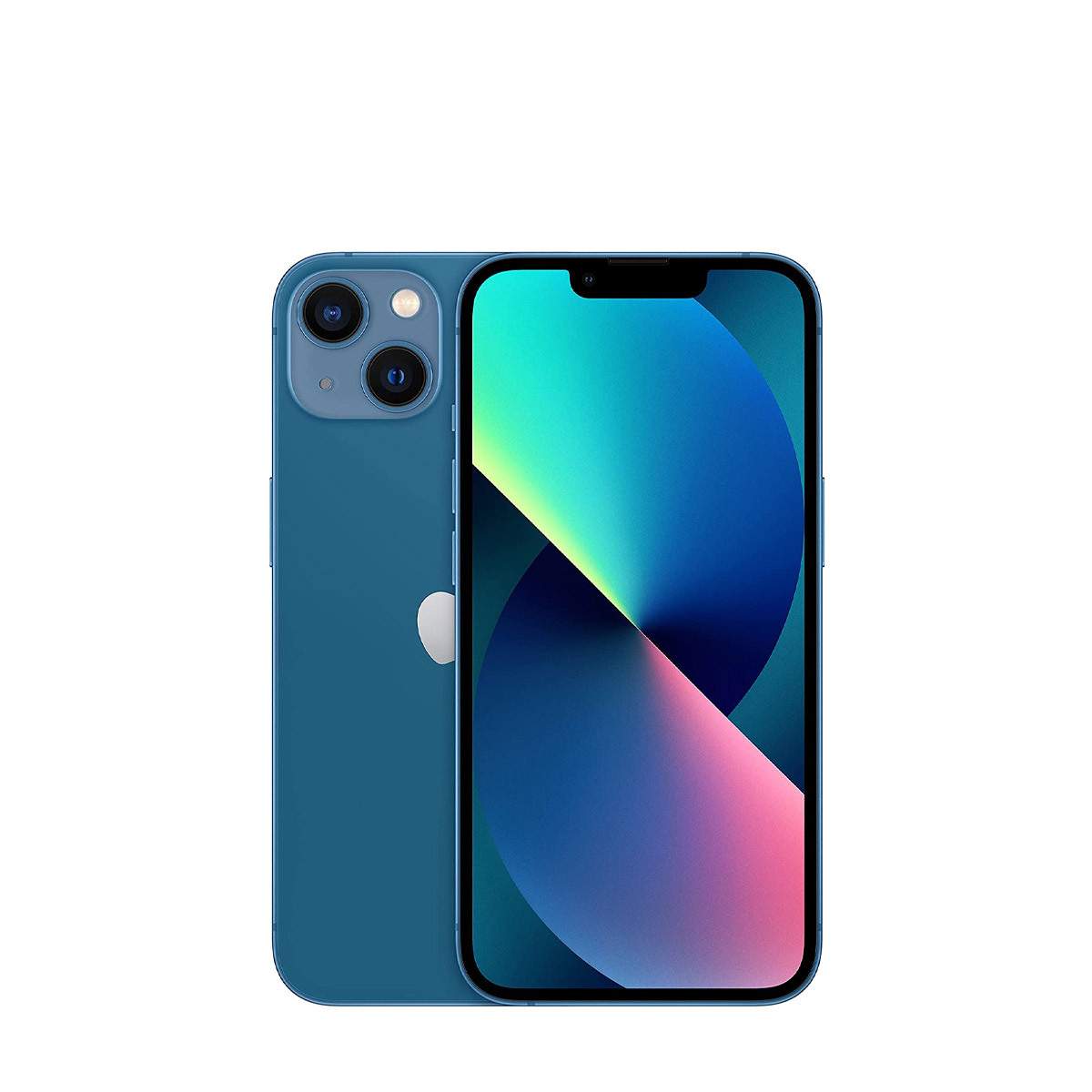[ad_1]
The best phone for you will be the phone that does everything you need, whether you want something simple and capable like the Apple iPhone 15, or a feature-packed technology marvel like the Galaxy S24 Ultra, our best phone all around to start 2024. No matter what you need, we’ve got recommendations for all of the best phones available right now.
The Samsung Galaxy S24 Ultra is such a supremely powerful, capable device that we had to make it our top pick, but there is still plenty of room for improvement at the top. We’re loving the latest iOS 17 software found on the best iPhones, including the iPhone 15 Pro Max, our premium iPhone pick. Samsung has a lot to learn when it comes to software.
Still, the Galaxy S24 Ultra earns top marks for its amazing battery life, superior performance, and improved durability, and it does so much more than other phones that it’s almost a class by itself. It can actually replace a laptop computer, and the S Pen is much more than a simple stylus.
In 2023, Samsung and Google set a new standard with promises to support the latest flagship phones for seven years of Android OS and security updates. That’s a major leap forward, and even beats Apple‘s traditional five years of support. We’ll see if Apple tries to match the Android world, and if other Android phone makers can keep up.
The best phones you can buy aren’t just the most expensive flagship phones, though. You can find great performance and excellent cameras on phones that cost hundreds less, like Google’s Pixel 8 Pro and phones from OnePlus. If you don’t care as much about cameras, you can even get a cool foldable phone in the Motorola Razr Ultra for less than a new iPhone.
If you don’t find a model that takes your fancy among the below options, check out our brand-specific rankings instead. We’ve reviewed all the latest handsets, and detailed the best Samsung phones, best iPhones, and best Google Pixel phones elsewhere on TechRadar.
Quick List
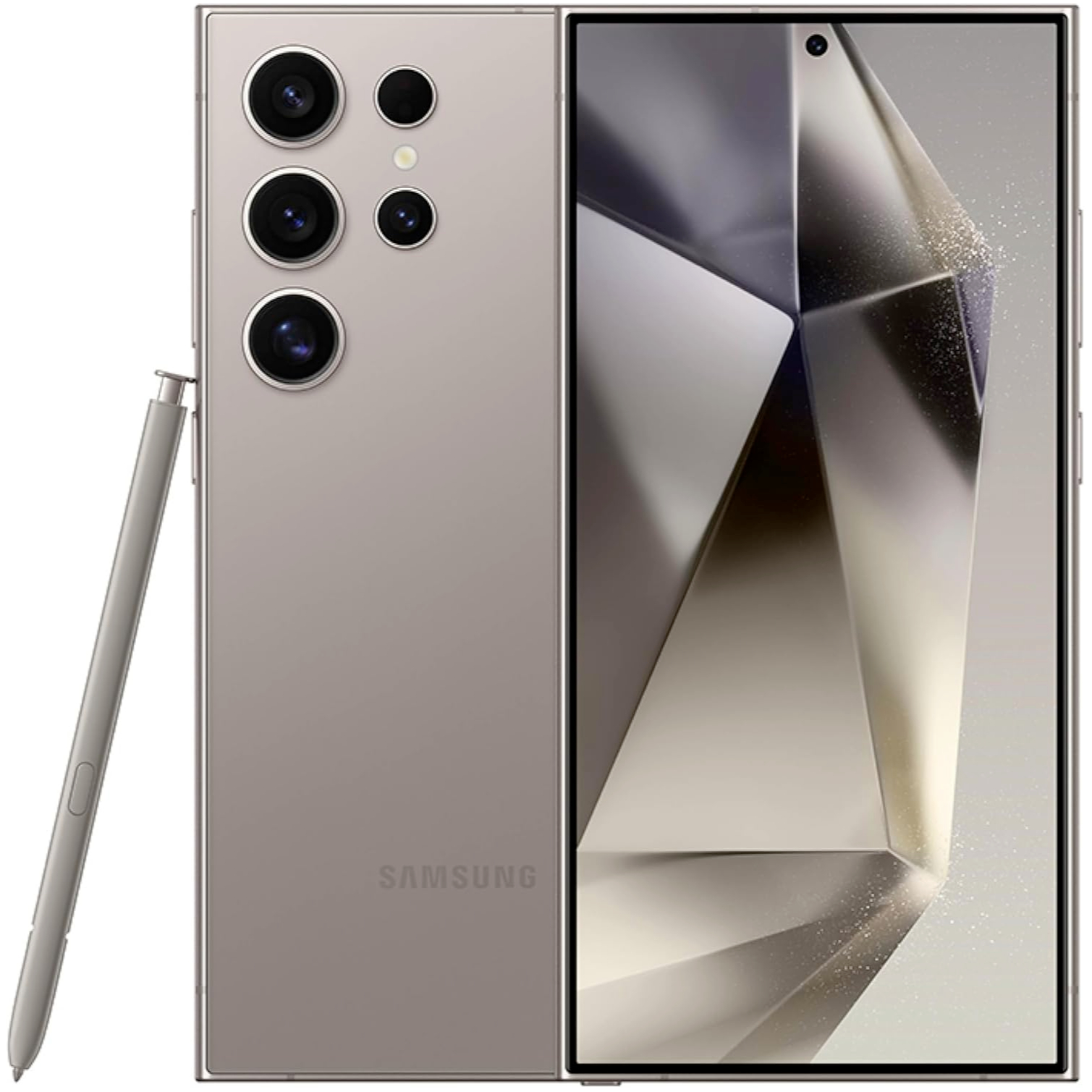
1. Samsung Galaxy S24 Ultra
The Samsung Galaxy S24 Ultra is so much more than just a smartphone that it practically deserves its own category. It’s expensive, complicated, and undeniably the best phone you can buy overall. If you don’t need this much power and capability, keep reading, but if you are looking for a phone that can replace your laptop, and every other phone, look no further.
Read more below
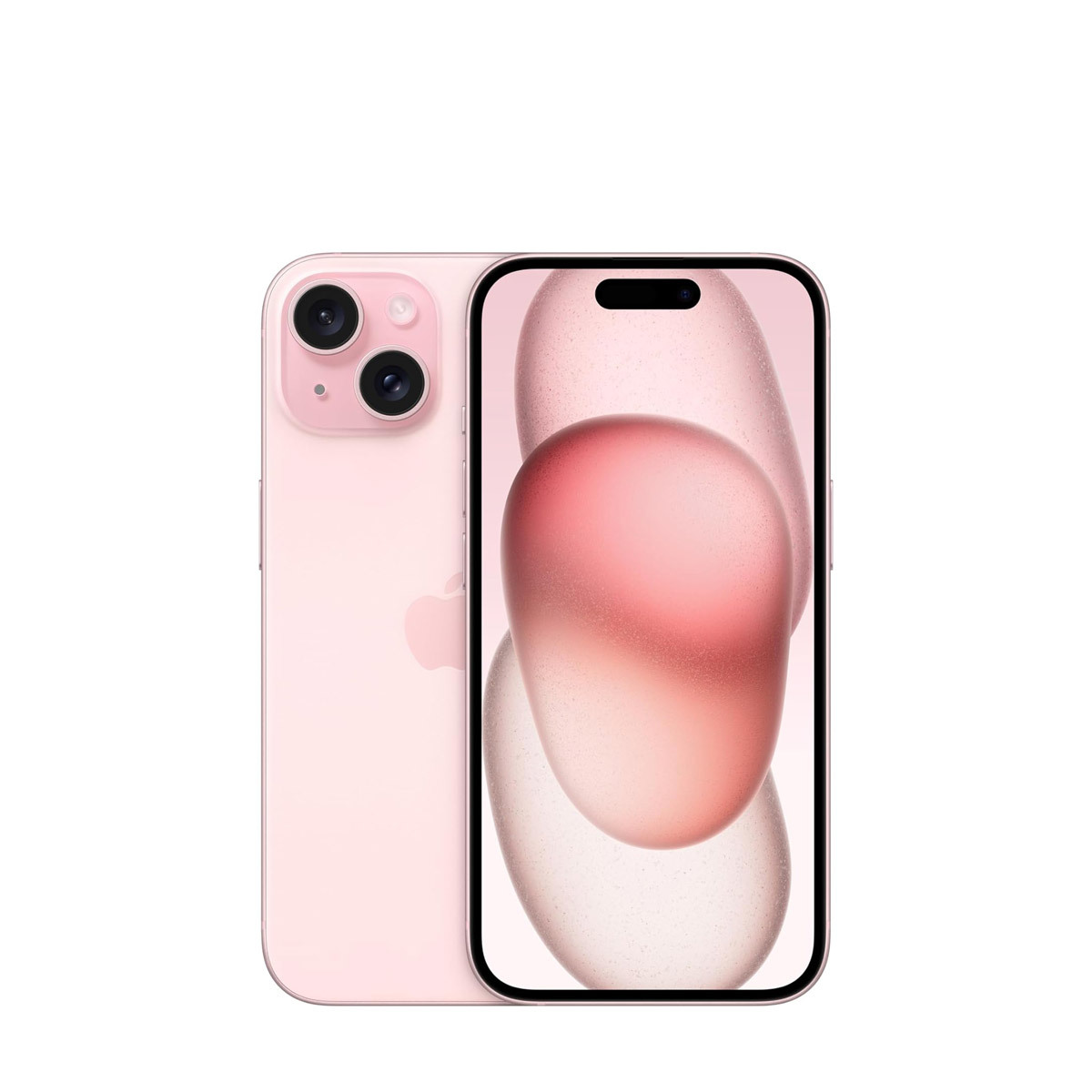
A superfast A16 Bionic chipset, USB-C port, 48MP main camera and the Dynamic Island ensure that, for the first time in a long while, Apple’s latest standard iPhone offers cracking value for money.
Read more below
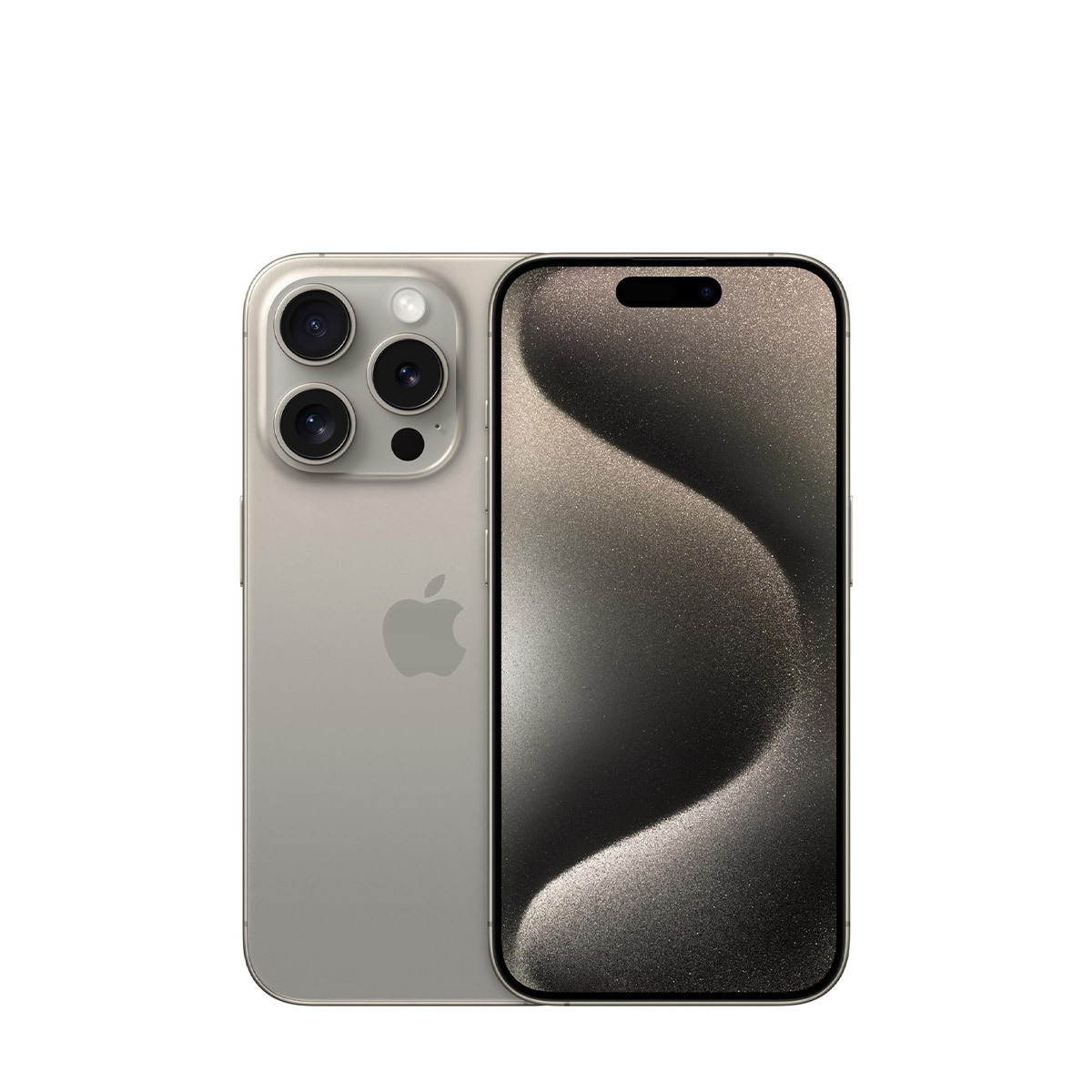
If you want a big iPhone and can meet the hefty asking price, then the iPhone 15 Pro Max’s A17 Pro chipset, titanium design and 5x periscope zoom lens make it the best overall choice.
Read more below
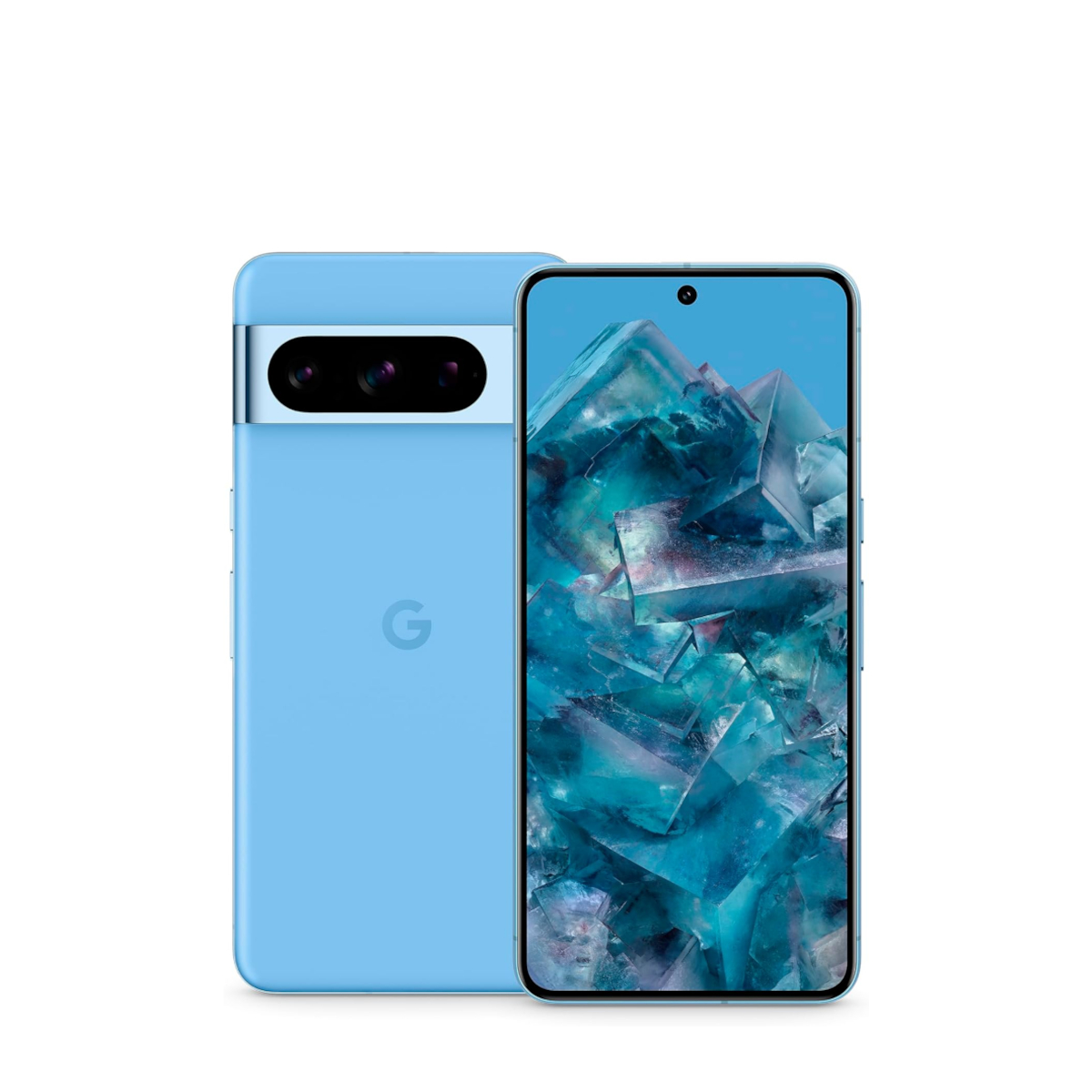
The Google Pixel 8 Pro is more phone than Google has ever given us. It has the best cameras ever on a Pixel, but it’s the machine learning features like a call screener and magic photo editor that set this phone apart.
Read more below
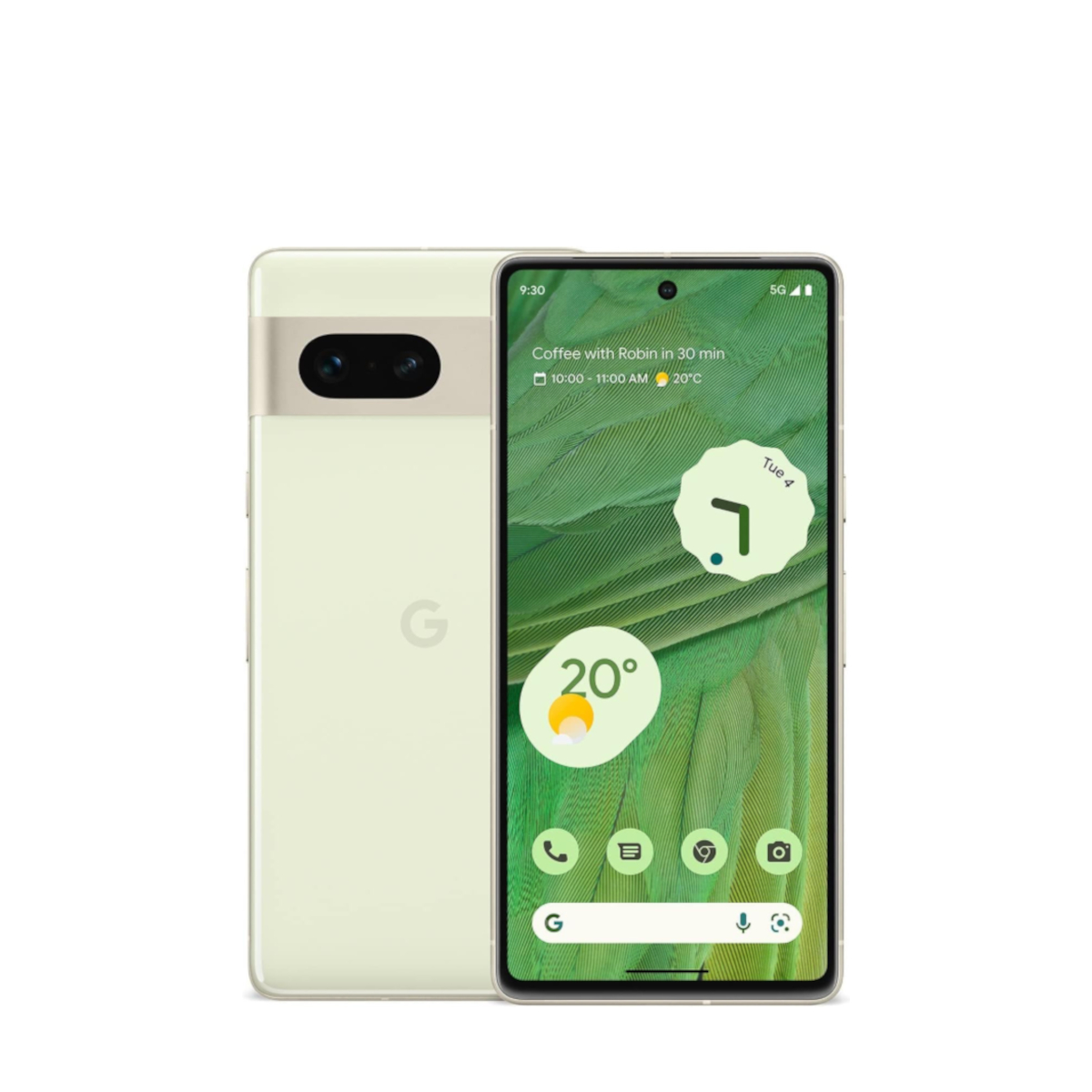
The Pixel 6a was our favorite budget phone, but the Pixel 7 just offers so much more in terms of performance, durability, and camera power that we have to recommend it, especially since it goes on sale so often and is likely to drop further in price.
Read more below
Load the next three products…
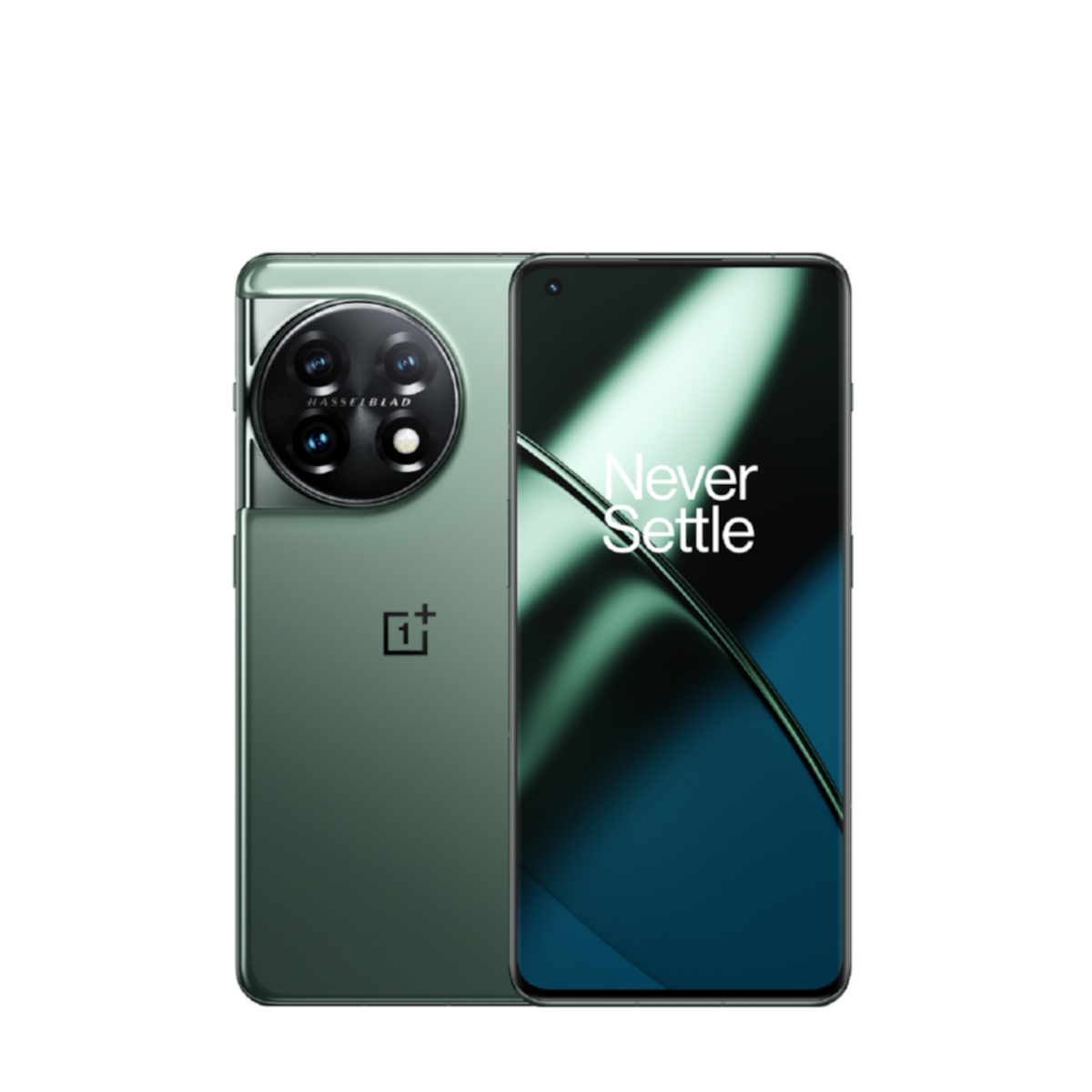
If you’re tired of phones doing the same thing, the OnePlus 11 goes its own way with unique portrait cameras and super-fast charging.
Read more below
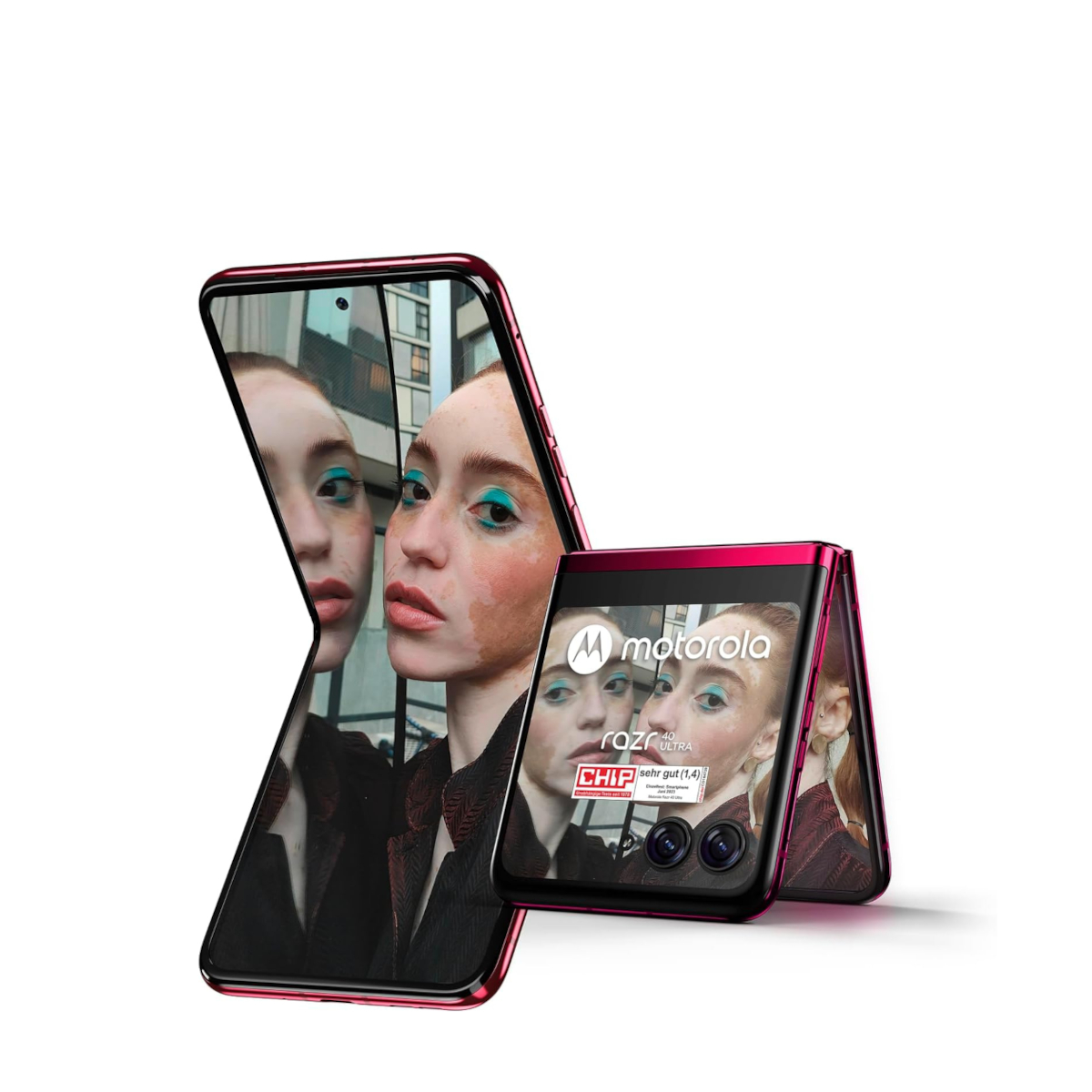
The Motorola Razr Plus is a clamshell foldable triumph. It’s so far ahead of what other clamshell phones offer that there’s barely a flaw that isn’t forgivable.
Read more below
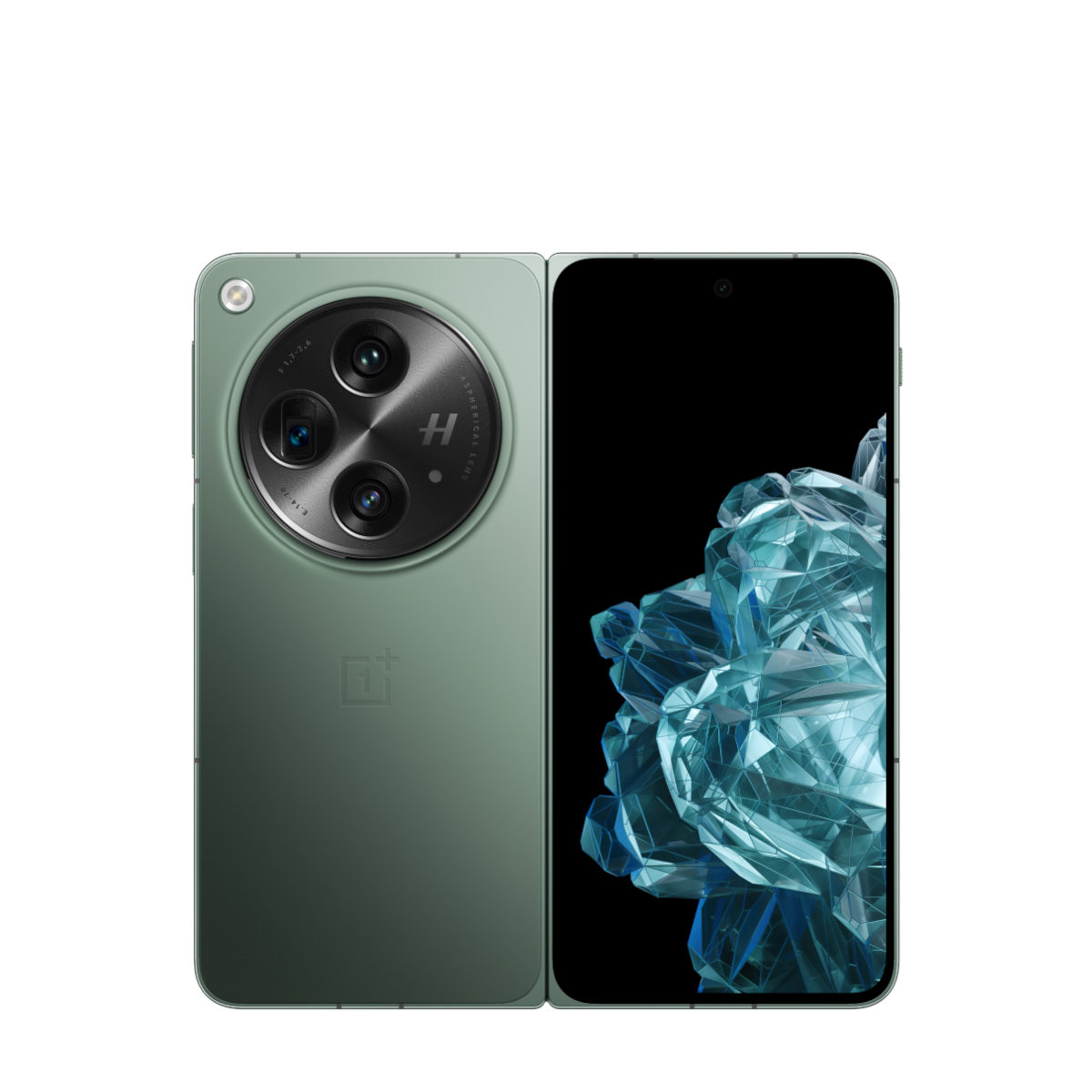
The OnePlus Open boasts a superior design, display, and set of cameras to its main competitors from Google and Samsung, making it the best foldable phone available today.
Read more below
The best phone in 2024
Why you can trust TechRadar
We spend hours testing every product or service we review, so you can be sure you’re buying the best. Find out more about how we test.
Below, you’ll find full write-ups for each of the best phones in our list. We’ve tested each model extensively, so you can be sure that our recommendations can be trusted.
The best overall phone
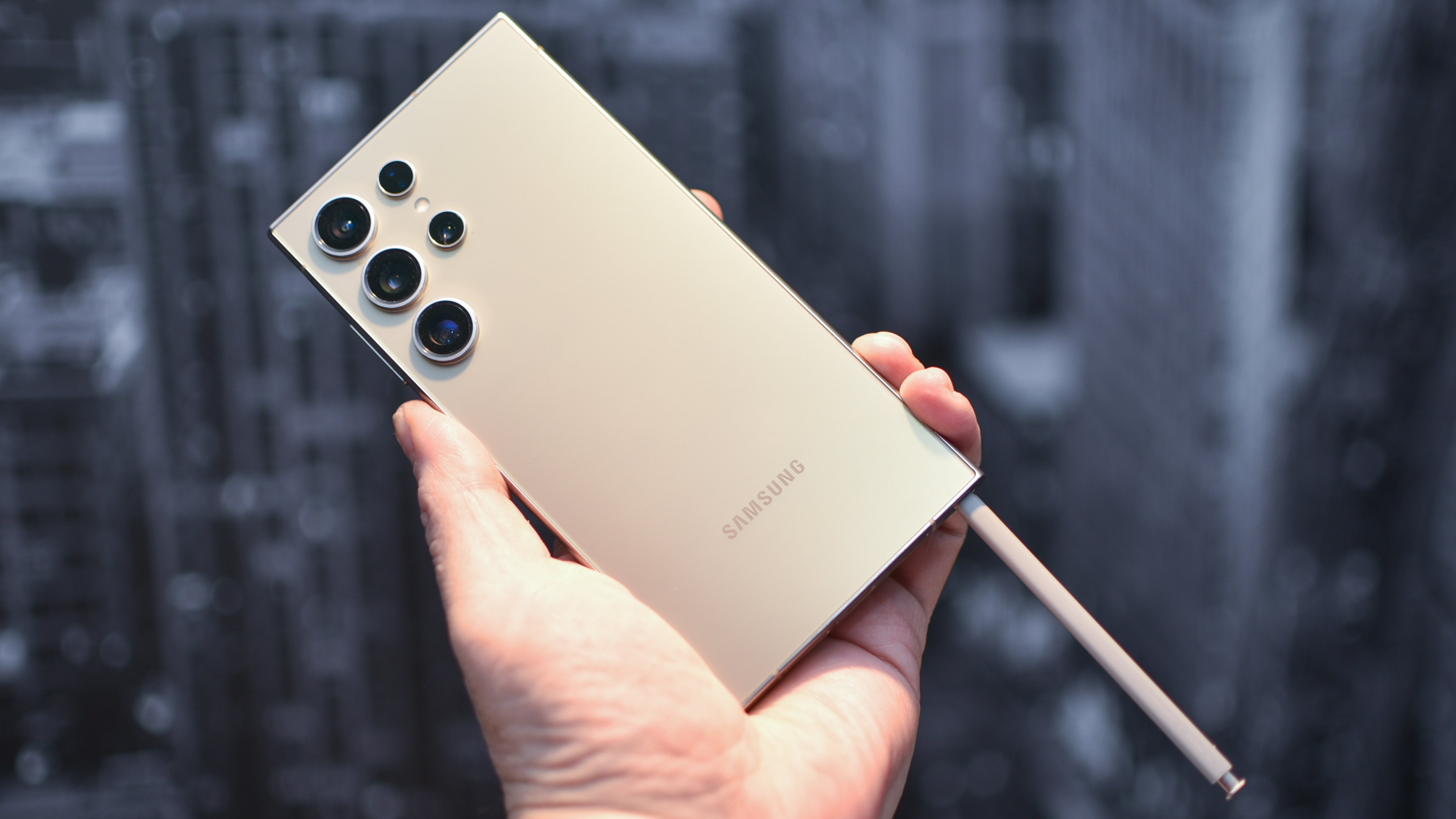
Buy it if
✅ You want more than just a smartphone: The Galaxy S24 Ultra gives you more than any other smartphone. It can act as a laptop replacement, a drawing tablet, and an entire camera bag.
✅ You want to feel the future: The Galaxy AI features can sometimes feel magical, especially if you use the language translation and some of the better summary features. There are definitely more AI features to come, so this phone could get better with time.
Don’t buy it if:
❌ You don’t need all of that phone: If you don’t need everything and more, you can spend less and still get a great phone. It just won’t be Ultra.
❌ You prefer elegance and simplicity: The Samsung software is really showing its age, especially against newer and simpler phones like the elegant iPhone 15 Pro running iOS 17, which is sociable and fun, not confusing.
The bottom line
📱 The Galaxy S24 Ultra takes smartphone features to the extreme. You won’t find a more capable, adaptable, and clever device for any price, but that price is mighty steep. If you don’t need everything, you can keep reading, but if you want the best phone, the best cameras, and the best overall, the Galaxy S24 Ultra is the phone to beat. ★★★★½
Samsung’s Galaxy S24 Ultra takes smartphone features to the extreme, then keeps going. It’s a top-performing phone, the best phone you can buy overall in so many ways. It has better battery life and performance than the iPhone, more versatile cameras than any other Android, and it packs features we don’t see in smartphones these days, like the Samsung DeX desktop environment.
Design: The differences between the Galaxy S24 Ultra and last year’s phone are subtle but significant. The S24 Ultra is a big slab of phone, now more flat than before, and that makes it easier to see in bright light and easier to use, especially with the S Pen. Unfortunately, it’s still a gigantic device, and titanium didn’t help Samsung shed weight.
Display: You won’t find a better all-around display on a smartphone than the bright OLED screen on the Galaxy S24 Ultra. You can find a bit brighter, a bit faster, but the anti-glare finish helps in bright light, and Samsung’s display is colorful and sharp for every task.
Camera: Samsung has done more work behind the scenes on its Galaxy S24 Ultra cameras than on the spec sheet, and the results pay off with better images in every setting. Portrait and landscape photos are much better, but even zoom shots have been improved, though we do miss that extra 10X zoom.
Performance: If you need the fastest phone, this is the one to buy. In our benchmark tests and real world gaming and photo editing, the Galaxy S24 Ultra was the fastest phone we’ve ever used, even beating the iPhone 15 Pro, which is a first for Android phones since Apple starting baking its own chipsets.
Battery life: You can easily use the Galaxy S24 Ultra for two days of normal use, and it lasted through a full day of intense usage with no trouble. The battery hasn’t gotten any bigger, Samsung is just better at managing power on this phone than ever before.
Value for money: The Galaxy S24 Ultra is more expensive than last year, and you don’t get a lot more for the money, but what you get is a big deal. Samsung promises seven years of software updates, including major Android OS updates, and that makes this phone a better value than any Samsung Galaxy Ultra to come before.
Read our full Galaxy S24 Ultra review
| Attributes | Notes | Rating |
|---|---|---|
| Price | Even more than last year, with fewer deals to find, but you get the best when you pay for it. | ★★★☆☆ |
| Design | It looks like last year, but the screen is flat which makes it less reflective, but also sharper. Just as heavy, even with titanium. | ★★★★☆ |
| Display | You won’t find a better display on a smartphone worth buying, and the anti-glare finish really helps outdoors. | ★★★★★ |
| Camera | Better camera performance all around, even if the spec sheet looks a bit suspicious. Still the best, most versatile camera system. | ★★★★★ |
| Performance | Performance that can top an iPhone 15 Pro, for the first time in recent memory putting Android ahead of Apple. | ★★★★★ |
| Battery life | Better power management this year means the Galaxy S24 Ultra has some of the best battery life we’ve ever seen on a smartphone. | ★★★★★ |
The best phone for most people
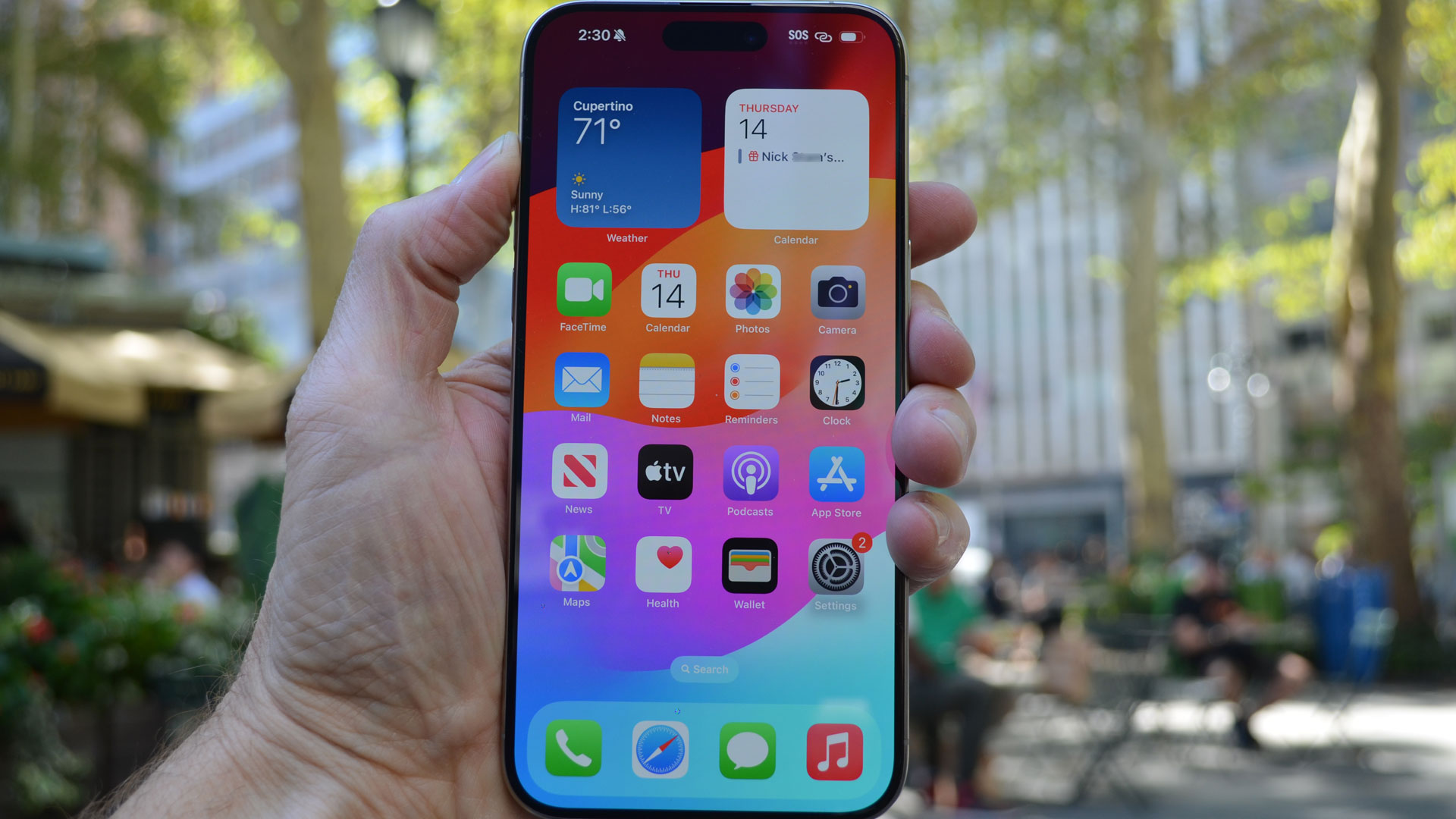
Buy it if
✅ You want an affordable iPhone: The iPhone 15 strikes a nice balance between price and cutting-edge features, so you don’t feel like you’re missing out.
✅ You want a camera upgrade: Between the new 48MP main camera and some excellent portrait photography capabilities, the iPhone 15 offers strong camera specs for the price.
Don’t buy it if:
❌ You want a bigger phone: The iPhone 15’s 6.1-inch screen might feel cramped if you currently own a Pro Max or Plus.
❌ You want bigger zoom: The 2x optical zoom on offer here doesn’t quite compare to 3x optical zoom on the iPhone 14 Pro, iPhone 15 Pro or Samsung Galaxy S23.
The bottom line
📱 If you’re not bothered by titanium sides, 120Hz scrolling or high-spec zoom photography, then the standard iPhone 15 offers pretty much everything you could want from a flagship phone, but for significantly less money. ★★★★½
Apple’s iPhone 15 marks the most significant step up for a base iPhone in several years, earning its place as the best value phone money can buy today.
Design: The iPhone 15 does what the iPhone 14 did not: it moves the base model forward with a refreshed chassis design, a brand-new (and eye-catching) rear glass panel, and a compatibility-improving USB-C port.
Display: The iPhone 15’s 6.1-inch Super XDR OLED display is bright and responsive, however, as on the iPhone 14, its refresh rate is locked to 60Hz. You do get Apple’s Dynamic Island this time around, though.
Camera: There are still just two lenses on the back of the iPhone 15, but one of them is vastly improved over the iPhone 14. The 12MP ultrawide is basically the same, but the main camera is now the same 48MP lens that you’ll find on the excellent iPhone 14 Pro (and indeed the iPhone 15 Pro).
Performance: The iPhone 15 uses the iPhone 14 Pro’s superfast A16 Bionic chipset, which should provide more than enough power for most iPhone owners (for context, the latter was the most powerful handset of 2022).
Battery life: The iPhone 15 is rated for 20 hours of video playback, 80 hours of audio-only, and a 50% recharge in 30 minutes with the optional 20W charger. In our testing, we were able to use the phone casually for a full day.
Value for money: In recent years, Apple’s standard models have felt like minor upgrades that pale in comparison to their respective Pro-level counterparts, but the iPhone 15 bucks that trend by being a genuinely great value product.
Read our full iPhone 15 review
| Attributes | Notes | Rating |
|---|---|---|
| Price | Apple is finally giving you more for you money. | ★★★★☆ |
| Design | The curved edges and smooth, color-infused glass make this a most modern iPhone. | ★★★★☆ |
| Display | Losing the notch and gaining the dynamic Island is a net poisitive, as is the lovely and now brighter screen. | ★★★★☆ |
| Camera | A big main camera leap is paired with some truly impressive computational photography. | ★★★★☆ |
| Performance | It’s hard to ask for more than the A16 Bionic, unless you need the very best of the best. | ★★★★☆ |
| Battery life | Decidedly battery life. | ★★★★☆ |
The best iPhone
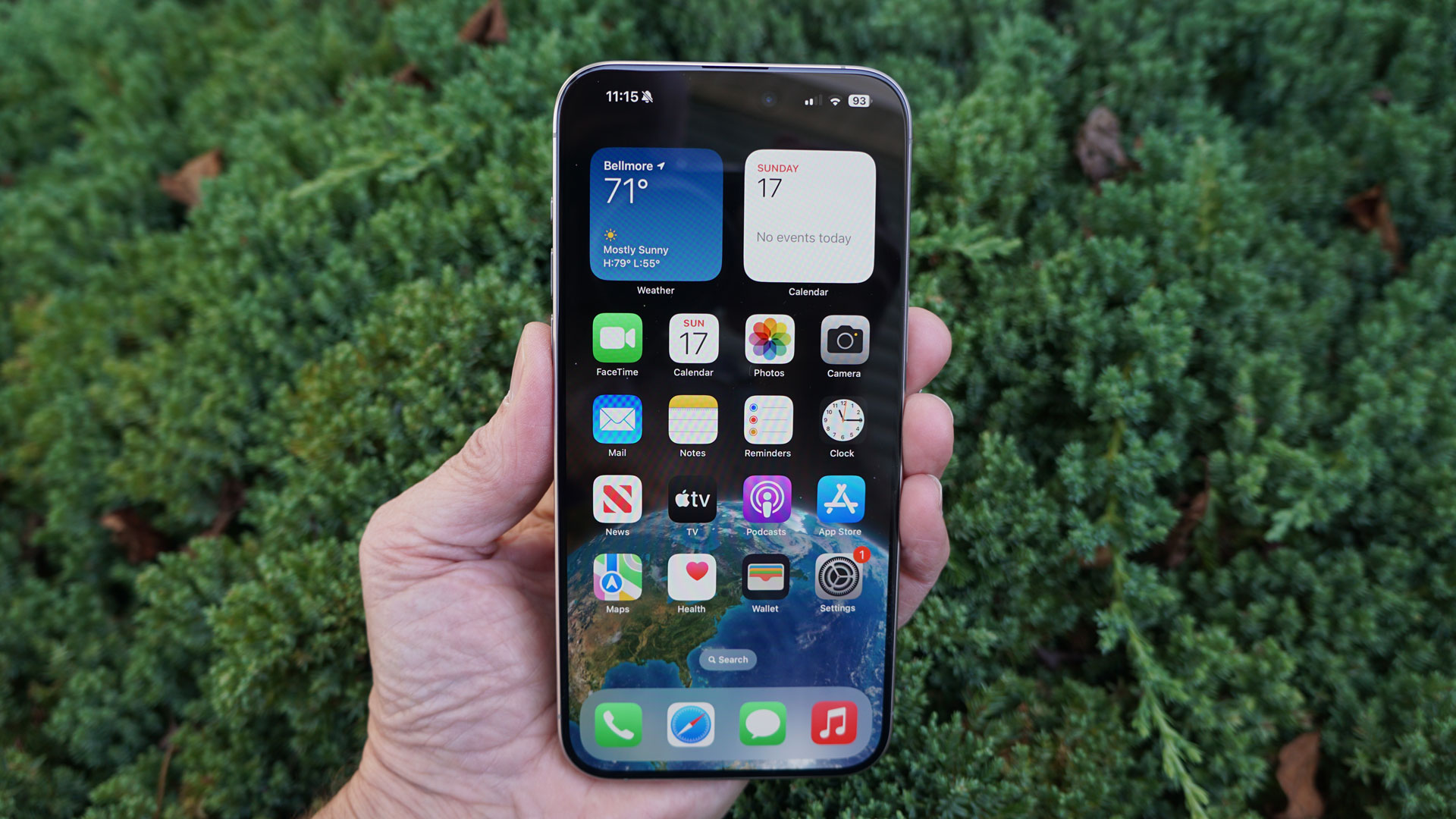
Buy it if
✅ You want the biggest and best iPhone: The iPhone 15 Pro Max is the most technologically advanced iPhone Apple has ever made, period.
✅ You want the most powerful phone: Apple’s A17 Pro chipset is more powerful than anything else on the market, so much so that you’re able to play console-quality games on the iPhone 15 Pro Max.
✅ You want a versatile camera system: In addition to its 5x optical zoom capabilities, the iPhone 15 Pro Max features the smartest portrait photography tech around.
Don’t buy it if:
❌ You want the best mobile zoom camera: The addition of 5x optical zoom on the iPhone 15 Pro Max is welcome, but the 5x camera on the Galaxy S23 is arguably better.
❌ You need fast charging: The iPhone 15 Pro Max offers reassuringly-solid battery life and functionally-fine charging, but rivals from every angle offer much faster speeds.
The bottom line
📱 When it comes to iPhones, the iPhone 15 Pro Max is the best of the best. But you’ll have to pay handsomely for the privilege of owning one, and Samsung’s similarly priced Galaxy S24 Ultra has slightly better cameras. ★★★★½
The iPhone 15 Pro Max is indisputably the best iPhone money can buy right now, so for Apple fans with a bottomless supply of cash, this is the top choice. The smaller iPhone 15 Pro is also an exceptional handset that’s worth considering if you prefer its more practical 6.1-inch size, but since the larger iPhone 15 Pro Max offers a 5x periscope zoom lens, the latter phone is the objectively superior device.
Design: As with its smaller sibling, the iPhone 15 Pro boasts a gorgeous titanium design that can withstand unwelcome drops more effectively than its predecessor. The addition of a USB-C port and configurable Action button makes this a more versatile device, too.
Display: The iPhone 15 Pro Max packs an excellent 6.7-inch Super XDR OLED screen (with ProMotion), which is unchanged from the iPhone 14 Pro Max.
Camera: In addition to that aforementioned 5x periscope zoom lens – which marks the first of its kind on an iPhone – the iPhone 15 Pro Max boasts a 48MP quad-pixel main lens and a 12MP ultra-wide lens, making it the most capable and versatile iPhone yet for mobile photographers.
Performance: Apple’s all-new A17 Pro chipset delivers mobile gaming performance that’s comparable to some high-end PCs (yes, really). Along with the iPhone 15 Pro, the iPhone 15 Pro Max is the most powerful phone on the market.
Battery life: The iPhone 15 Pro Max managed 28 hours of mixed-use in our testing, with the phone recharging to 50% in just over 30 minutes. That’s pretty good going for a phone of this size and power, but others charge faster.
Value for money: As with the Samsung Galaxy S23 Ultra, the iPhone 15 Pro Max is an exceptionally expensive handset that can never truly be considered good value for money. That said, you’re still getting a whole lot of phone for the price.
Read our full iPhone 15 Pro Max review
| Attributes | Notes | Rating |
|---|---|---|
| Price | More expensive, but you do get more storage for your money. | ★★★☆☆ |
| Design | The combination of a titanium body and new smoother curves is an aesthetic and ergonomic win. | ★★★★☆ |
| Display | The screen in bigger (though not higher resolution) and looks better than ever. | ★★★★★ |
| Camera | This is the best collection of cameras we’ve ever used on an iPhone. | ★★★★★ |
| Performance | The A17 Pro makes console gaming a reality in an iPhone. | ★★★★★ |
| Battery life | All-day battery life but still waiting for fast charging. | ★★★★☆ |
The best Pixel phone
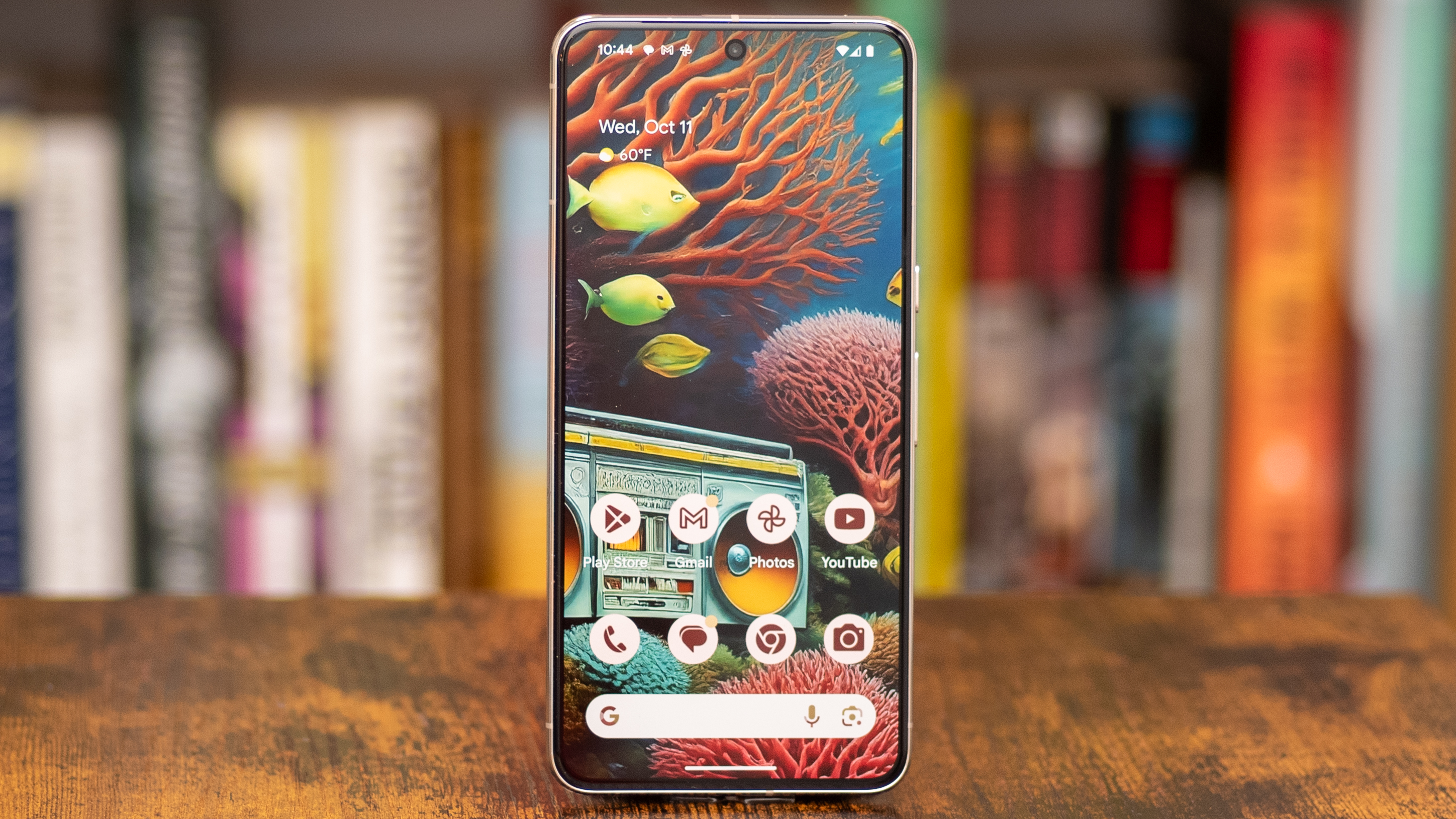
Buy it if
✅ You’ve taken a lot of bad photos and videos: The Pixel 8 Pro can fix whatever photos you have in your Google Photos library, even if you took them with a different phone in the past.
✅ You’re a die-hard Android fan forever and ever: Good news, Android fan, this phone will last longer than any other Android. If you want an Android that will get updates in 2030, this is the first.
✅ You want a receptionist to answer your calls: The call screening feature really works (if you can find it), and it gives you a quick, written transcript of what your caller wants before you decide to answer.
Don’t buy it if:
❌ Your friends all have iPhones: With iOS 17, Apple is making a compelling argument for sticking with the same phone everybody around you is buying.
❌ You want the absolute best cameras: While the Pixel 8 Pro is impressive, and the iPhone 15 Pro Max is a serious upgrade, nothing beats the Galaxy S24 Ultra for camera capabilities and quality.
❌ You are a journalist or reporter: The camera editing tools on the Google Pixel 8 Pro may create questions about credibility from the shots it makes, and the summary tool is factually inaccurate.
The bottom line
📱 The Google Pixel 8 Pro is the best Pixel that Google has ever made, and it represents Google’s vision for the future of mobile technology, though that vision does seem a bit clouded and unfocused at times. It has a fantastic display that’s bigger and brighter than its competitors at this price, and the photography features, bolstered by Google’s machine learning, are unmatched. ★★★★
The Pixel 8 Pro is Google’s most ambitious Pixel yet, with some serious camera upgrades that will satisfy even pro photogs, and a Tensor G3 chipset custom built to run Google’s machine learning features. Google is so confident in this phone’s performance that it is promising an unprecedented seven years of major updates, longer than any other phone maker supports its phones, currently.
Design: The Pixel 8 Pro is more rounded on the corners, and more flat on the display. This makes the phone easier to hold, while also giving you a better view of your content. The finish is lovely, and the colors are more classy and inviting than unusual and modern. This is the nicest Pixel phone Google has made so far, which is good because it has largely made the same phone three times now.
Display: The Pixel 8 Pro display is a standout feature this year, and Google has even endowed it with its own branding: Super Actua. The Pixel 8 Pro can reach 2,400 nits at peak brightness, and still pumps out 1,600 nits when you aren’t in direct sunlight. In almost every way, the Pixel 8 Pro display beats that of the iPhone 15 Pro Max.
Camera: Compared to the iPhone 15 Pro Max, some photos looked better when shot with the Pixel 8 Pro, but others, especially night pics and low-light images, looked better taken with the iPhone. That’s surprising, but there are still some reasons for Google to brag. Only the Pixel 8 Pro has Magic Editor, which combines generative AI with Google’s Magic Eraser to fix and change images with a little too much ease.
Performance: In terms of raw performance, pushing games and graphics to new heights, the Pixel 8 Pro does just fine, but it won’t win any competitions. It handled all of my favorite games and ran high-resolution videos smoothly, but everything looked better on phones like the iPhone 15 Pro or Android phones like the Galaxy S24 Ultra.
Battery life: The Pixel 8 Pro had no trouble lasting through a full day of use. That should come as no surprise, since it has a larger battery than either the Samsung Galaxy S23 Plus or the Apple iPhone 15 Pro Max. Google really packed in the biggest cell it could fit, and you’ll need to buy a gaming phone to find bigger.
Value for money: Google can be liberal with discounts, especially around the sales season. More than with any other brand, I recommend waiting for a deal when you’re considering a Pixel phone, because as good as the phone is now, it feels like an even better buy for a few hundred dollars or pounds less.
Read our full Google Pixel 8 Pro review
| Attributes | Notes | Rating |
|---|---|---|
| Price | More expensive than last year, but still competitive compared to other Android phones, especially with longer software support. | ★★★★☆ |
| Design | The same old look, now refined with a matte finish and nicer colors. It’s the nicest Pixel yet, but the Pixel look is getting stale. | ★★★★☆ |
| Display | The standout feature on the Pixel 8 Pro, this bright and sharp display is just as good as the iPhone 15 Pro Max, and maybe better. | ★★★★★ |
| Camera | Great all-around camera features, with some unique AI editing tools that are more like Photoshop creation than photography. Still, undeniably good pics. | ★★★★☆ |
| Performance | Good enough performance for now, but it’s unclear if this phone will live up to Google’s seven-year promise, or if Android will cut corners to fit into the Pixel 8 Pro in the future. | ★★★☆☆ |
| Battery life | Excellent battery life thanks to a very large cell inside and solid power management keeping that bright display under control. | ★★★★☆ |
The best budget phone
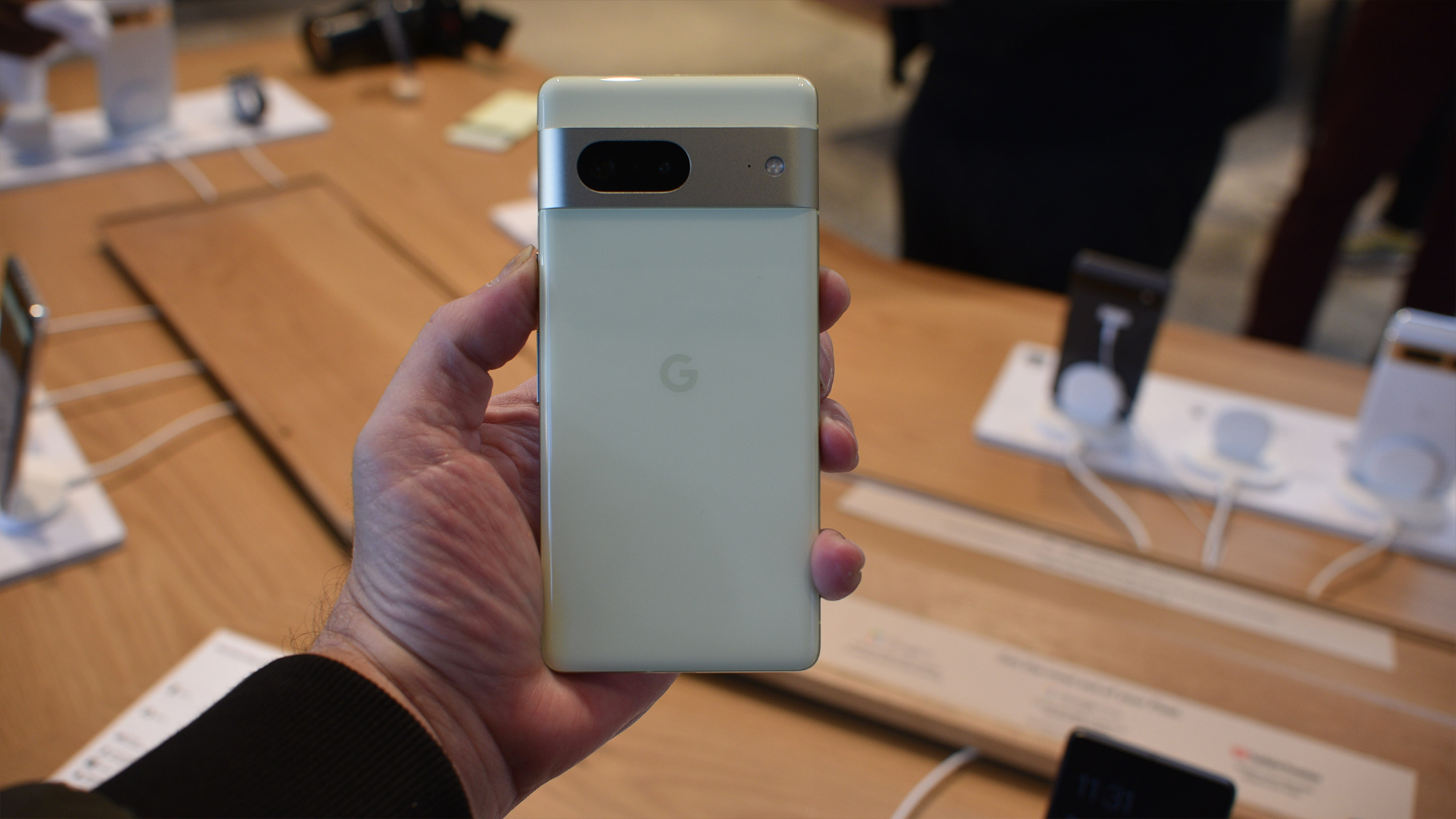
Buy it if
✅ You want a budget phone that stands out: Not everyone will love the camera bar, but Google has created something that’s undeniably different to anything else on the market, and that’s no easy task (without it also looking terrible). The Lemongrass finish is equally divisive, but if you want an eye-catching phone with substance, the Pixel 7 delivers.
✅ You’re a creative mobile photographer: If you rely on your phone’s camera for more than snapping pics of a fancy dinner or your receipts (it’s good for those too), the Pixel 7 comes with some creative photo capture modes and editing features that allow for some amazing results; it also just takes great pictures.
✅ You like Google’s assistive features: Whether you rely on accessibility, or just like the idea of being able to dictate to your phone, have it read content back to your and the like, the Pixel 7 has the feature set and hardware to make your life easier in lots of little ways, and it’s set to get better over time.
Don’t buy it if:
❌ You want a compact phone: Sure, Google has slimmed down the bezels, but the Pixel 7 still feels like a sizeable phone (remember, it’s a similar size to XL Pixel phones of old). The Pixel 7a may be a better option if you want a pocketable rocket.
❌ You shoot a lot of video: Google has improved the Pixel line’s video quality, and Cinematic Blur is an ambitious new addition, but you’ll still have to do a lot of work if you’re looking to become the next Roger Deakins (Google him). Video is otherwise better year-on-year, but Samsung and Apple still have the edge here.
❌ You need a lot of storage: One of the most basic issues with the Pixel 7 is storage. The options of 128GB or 256GB aren’t exaclty generous by today’s standards when the phone’s main rivals offer up to 512GB and beyond.
The bottom line
📱What the Pixel 7 offers – from its distinct design to its creative and capable camera and intelligent user experience – make it a great value-for-money flagship buy. The user experience feels polished, the AI-supported features are unique and competent, and the promise of more functionality via forthcoming ‘feature drops’ mean this Pixel is only likely to get better with time. ★★★★
While you might expect the Pixel 7a would be our budget phone pick, Google has given the Pixel 7 such good discounts throughout the past year that it is worth paying more, though you may not have to. Even though the Pixel 6a is still on sale at a great low price, for better durability, wireless charging, and much better photography, the Pixel 7 is worth spending just a bit more to buy.
Design: The Pixel 7 looks like the Pixel 6 and the Pixel 8, but there are different color options every year, and we like the lemongrass hue offered for this phone. The camera bar is metal and tinted depending on the color you buy, and it has a great look for a budget device. Plus, it is rated IP68 for water resistance, which is a huge improvement over the previous model.
Display: The Pixel 7 has a Full HD+ resolution and 20:9 aspect ratio, and it runs at up to 1000 nits in normal use, and can push to 1400 nits at its peak (25% brighter than that of the Pixel 6’s display) for better visibility in bright surroundings.
Camera: With the Pixel 7 you’re getting the same 50MP main camera as the Pixel 7 Pro, as well as a similar 12MP ultra-wide. You also get the same 10.8MP punch-hole selfie snapper, plus 4K video recording up to 60fps and support for 10-bit HDR video capture for better colors, brightness and contrast. But hardware is only one part of the puzzle here and it’s the phones image processing and camera software that plays a big part of the Pixel photography experience.
Performance: The Pixel 7 doesn’t have the raw power to match phones powered by Qualcomm’s Snapdragon 8 Plus Gen 1 chip, such as the Samsung Galaxy S22 Ultra. However, the difference isn’t likely to be all that significant in real-world use. All in all, while it may not have the raw horsepower of an iPhone or newer Galaxy, the Pixel 7 can hold its own, especially where AI tasks are concerned.
Battery life: The 4,355mAh battery in the Google Pixel 7 may sound large, but we wish it was bigger, especially as it’s technically a capacity reduction compared to the 4,614mAh battery inside its predecessor. We had no trouble getting the phone to last all day, and ended most days at around 15%, with usage including streaming, gaming, and extended TikTok sessions.
Value for money: Don’t buy this phone for the full suggested retail price. Google and Amazon both offer deals on this phone often, and you can buy it for less than $449 / £449 / AU$749 often. Amazon sold this phone for that price more than two months of the last year. Get the best deal on the best budget with a little patience.
Read our full Google Pixel 7 review
| Attributes | Notes | Rating |
|---|---|---|
| Price | Great functionality and nice hardware in a standout design at a good price. | ★★★★☆ |
| Design | An eye-catching design that’s a subtle evolution on the Pixel 6 that can still turn heads. | ★★★★☆ |
| Display | 90Hz for a flagship is behind the curve but the screen looks great otherwise. | ★★★½☆ |
| Performance | The Tensor G2 chip does what it’s meant to well, even if it doesn’t compare to mainstream competition.. | ★★★★☆ |
| Cameras | No optical zoom, and some features need work, but it’s hard to take bad photos with this phone. | ★★★★☆ |
| Battery life | Battery life lives up to Google’s claims, but faster charging would have been nice. | ★★★½☆ |
The best value phone
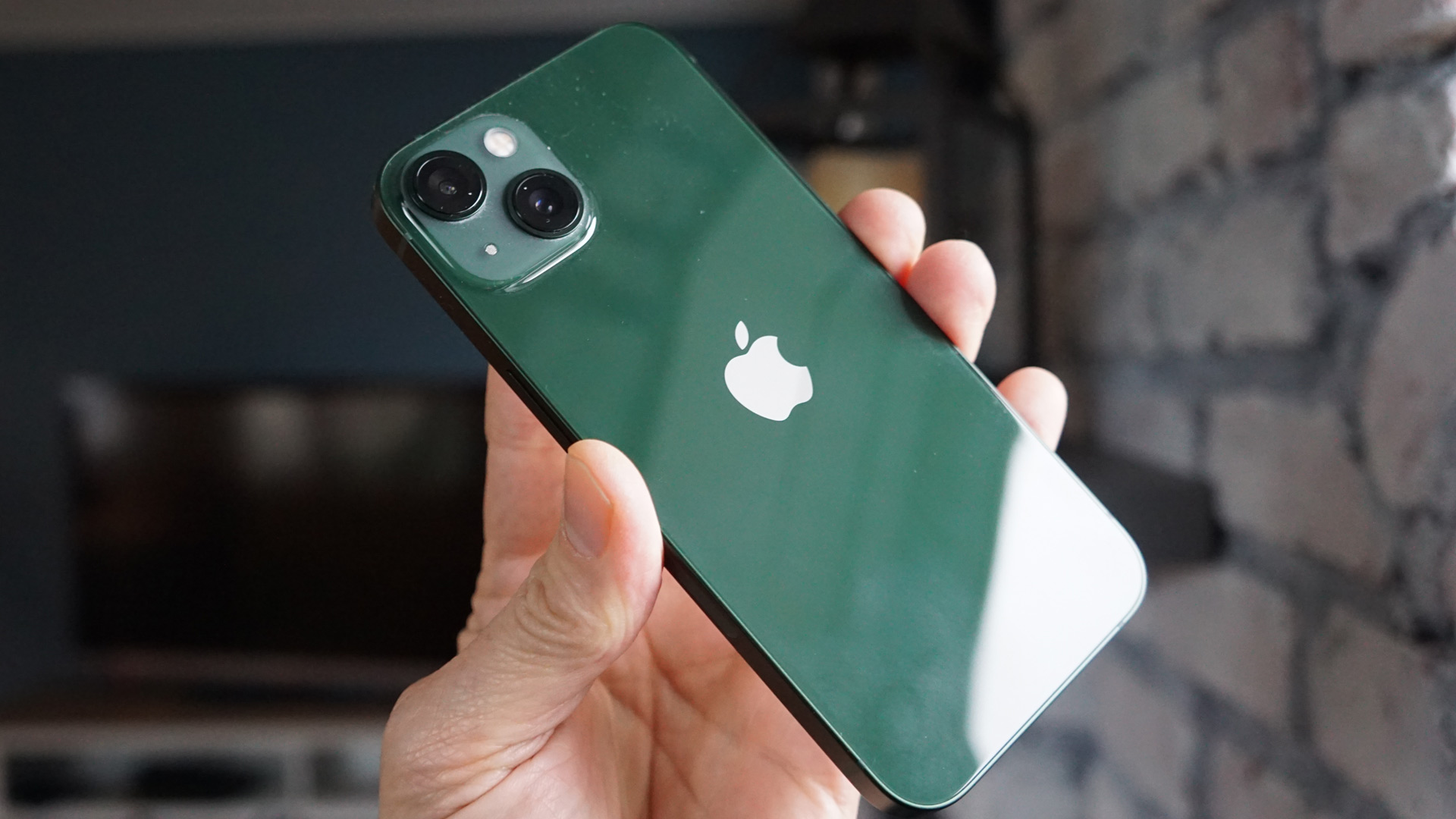
Buy it if
✅ You own an even older iPhone: If you own an iPhone 12, the iPhone 13 likely isn’t for you, as there’s not enough that’s new here to merit the upgrade – but if you own an older iPhone, such as an iPhone 8 or iPhone XR, there’s plenty to be excited about.
✅ You need good battery life: The battery life on the iPhone 13 is a big step up over what we’ve seen from previous iPhone models. If you need a smartphone that’s capable of lasting a full day on a full charge, opt for this iPhone over older and cheaper models.
✅ You wants lots of power: The iPhone 13 is a powerful smartphone, and it’s one of the most capable handsets we’ve ever used. If you need lots of power you’ll get that here, without having to step up to the iPhone 13 Pro.
Don’t buy it if:
❌ You want to keep it more than three years: Apple updates its phones for around five years, so this phone should get updates through iOS 20, we hope, but not longer than that.
❌ You want the best iPhone cameras: The iPhone 13 has great cameras for a phone in its price range, but you can get higher resolution and better imaging from newer iPhones, and cheaper Androids will also give you better photos.
❌ You want the most affordable phone: The iPhone 13 may be one of the most affordable members of this list, but it isn’t that cheap in the grand scheme of things. There are many more affordable Android phones out there – or you could look at the iPhone SE if you want to stay in Apple’s stable.
The bottom line
📱The iPhone 13 isn’t a game changer for Apple’s series of smartphones, but it’s an important iteration that offers better battery life, a better processor and an upgraded camera setup than iPhones that have gone before it. If you’re looking for a fast and capable smartphone, and don’t need the extra features of the pricier Pro model, this is a top choice. ★★★★½
Previously, iPhones haven’t been synonymous with strong battery life, but during every day of our testing we’ve been hard-pressed to run the iPhone 13 out of juice. Apple has finally cracked it when it comes to battery life, and it’s now far better than it has been on previous iPhone iterations. But that’s not to say the iPhone 13 skimps on power with the A15 Bionic chip and its accompanying 4GB of RAM easily capable of handling modern games and multitasking apps.
Design: The iPhone 13 features a flat-edge design, which debuted with the iPhone 12 range. That means the design is a touch more angular than the rounded finish of previous iterations, but the phone is still comfortable to use one-handed. iP68 water and dust resistance should mean the iPhone 13 can survive a sudden downpour or a trip to the beach,
Display: The display on the iPhone 13 is 6.1 inches, with a resolution of 2532 x 1170. It’s a Super Retina XDR OLED display made by Apple, and it makes for a clear and bright image – the brightness has been improved on the iPhone 13, and it can hold its own against other smartphones in direct sunlight.
Camera: You’ve got two cameras on the rear: a 12MP wide camera with an aperture of f/1.6, and a 12MP ultrawide camera with a f/2.4 aperture and a 120-degree field of view. Just be aware the lack of a telephoto camera means you’ll be limited on optical zooming options for photos.
Performance: Apple has made another big step up here, but it’s most noticeable in benchmarking results. The everyday experience is largely the same, but it’ll be a marked step up from much older iPhone models. The A15 Bionic chipset is teamed with 4GB of RAM, and that’s enough to keep it running at full tilt.
Battery life: During our testing time, the iPhone 13 made it through every day with enough charge in the tank to keep going for at least another couple of hours. This isn’t the best battery life you’ll find in a smartphone – many Android alternatives will be able to last longer – but this is a big step up for Apple from previous iPhone models, and it’ll make the iPhone a more compelling option for many potential buyers.
Value for money: The iPhone 13 is the cheapest iPhone model you can buy that doesn’t have the old Home button, and it’s still quite a powerful and capable phone, with some of the best power management ever in an iPhone. It isn’t cheap, and you can find Android phones cheaper, but Apple treats every iPhone like the best iPhone, giving them all the same great software update features.
Read our full Apple iPhone 13 review
The best camera phone
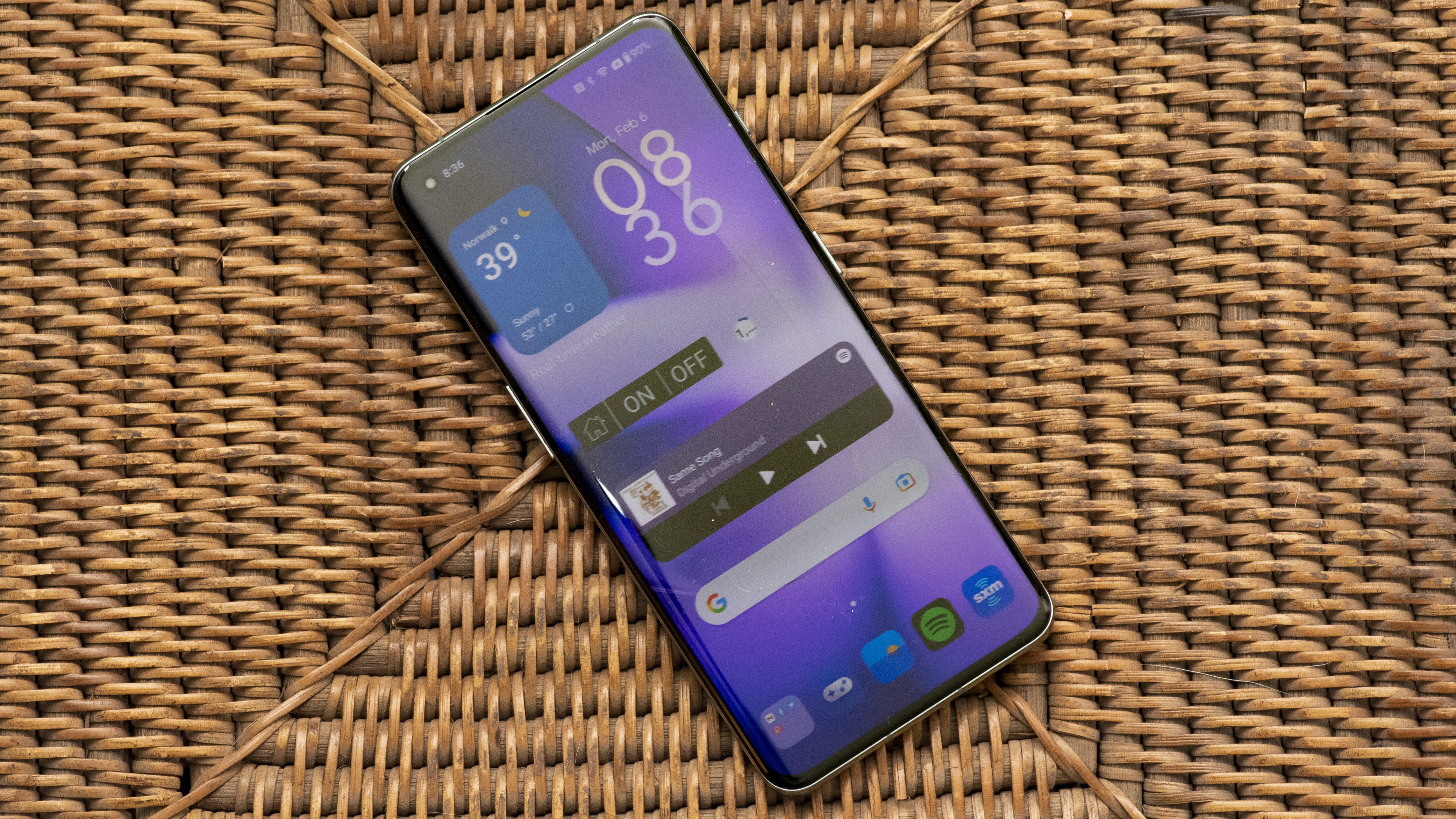
Buy it if
✅ You want a unique Android: If most phones in this list are fighting and playing catch up with each other, OnePlus goes its own way with unique features such as super-fast charging.
✅ You want to save on a premier flagship: OnePlus gives you a dynamite screen and great performance for less than many competitors, with cool deals running all the time.
✅ You like the unique look: If you want a phone that stands out, the OnePlus 11 looks more like the big Chinese flagships your friends haven’t seen yet.
Don’t buy it if:
❌ You ever get your phone wet: The OnePlus 11 isn’t water resistant beyond a good splash. You can’t take it into the pool for photos, and won’t want to drop it in the sink.
❌ You want a versatile camera: The OnePlus 11 essentially has an array of portrait lenses. It can’t handle telephoto zoom, and doesn’t do a great job on close-ups, either.
❌ You need a carrier deal: OnePlus has good deals online, but you won’t find this phone at your local carrier in the US, which means you won’t find a deal paired with a contract.
The bottom line
📱 The OnePlus 11 is super fast, with a dazzling display that really pops with color. The interface is a lighter touch on Google’s Android than Samsung’s One UI, while adding useful features. If you’re into shareable photography, the OnePlus 11 delivers a unique camera experience that can be unpredictable and limited, but that results in amazing shots when it delivers. ★★★★
The OnePlus 11 returns to the company’s roots, delivering premium performance and a few impressive specs while trading other features for a price cut versus the big name competitors. That means the OnePlus 11 is cheaper than the flagships from Samsung and Apple, and OnePlus doesn’t confuse its lineup with Pro and Plus versions, either. It’s got everything OnePlus does well, and it works great.
Design: The OnePlus 11 is a slim phone, with a glossy finish if you buy the green color. The camera array dominates the back and will stand out among iPhones and Galaxys. Sadly, the phone isn’t IP68 rated for water resistance. The phone keeps the popular mute switch to silence the noise in a hurry.
Display: The display on the OnePlus 11 really pops. The AMOLED screen can refresh up to 120Hz, and the smooth rate is noticeable playing fast games with tons of particle effects. It supports both Dolby Vision and HDR10+ for color accuracy. It could be brighter, but it’s otherwise fantastic.
Camera: The Hasselblad-branded camera setup on the OnePlus 11 isn’t for everyone. We managed to grab some amazing portraits, and landscape photos looked excellent, but photos had a distinct look and feel to them. The camera can’t handle versatile shots like distant zoom or macro close-ups.
Performance: The OnePlus 11 was the first phone we tried with the new Snapdragon 8 Gen 2 platform, and though its rival at the time, Samsung’s Galaxy S23, is a hair faster, the difference isn’t noticeable except in benchmark numbers. The OnePlus 11 is snappy and efficient, doing a great job with games and apps alike.
Battery life: Battery life is decent in its own right, but when it comes to charging it’s a champion. With the included (!) charger, you can fill the battery in less than 30 minutes. It’s even faster outside of the US, where higher voltage rules. There’s no wireless charging, though.
Value for money: Like the best OnePlus phones of the past, the OnePlus 11 offers great performance for a solid value. It isn’t the cheapest flagship on this list, but for the money you get a huge screen, unique cameras, and other standout features you won’t find elsewhere.
Read our full OnePlus 11 review
| Attributes | Notes | Rating |
|---|---|---|
| Price | Excellent value, though some omissions hit hard. | ★★★★☆ |
| Design | Slippery and glossy, without the water resistance we require. | ★★★☆☆ |
| Display | Huge, sharp, colorful, and bright. | ★★★★★ |
| Camera | Unique style and great color for portraits, but lack the versatility of competitors. | ★★★★☆ |
| Performance | Smooth performance wherever you look. | ★★★★★ |
| Battery life | Big battery and fast charge means we didn’t mind the lack of wireless charging. | ★★★★☆ |
The best clamshell foldable
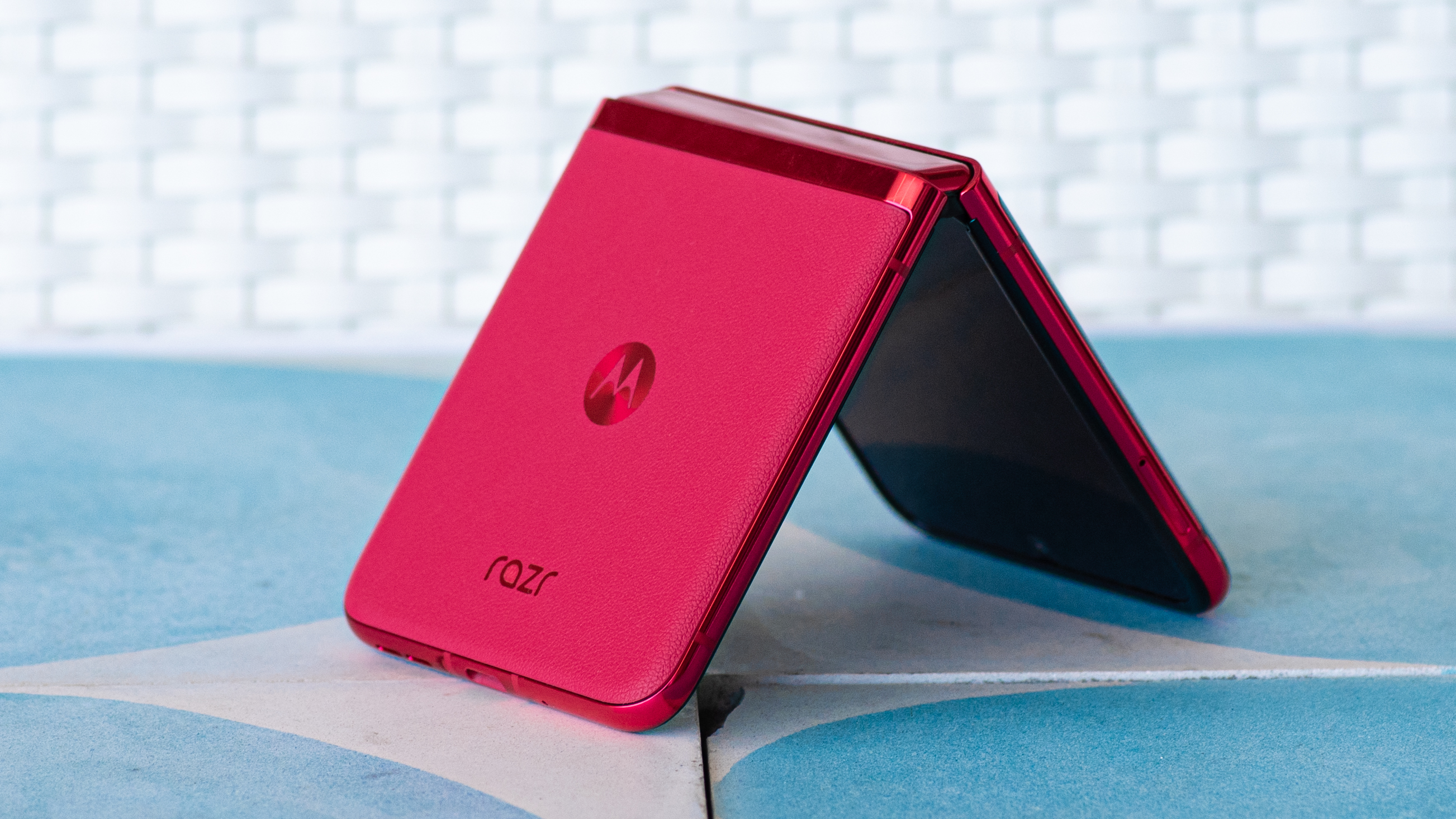
Buy it if
✅ You’ve been waiting for phones to get cool again: If you’ve been telling yourself “I’ll buy a new phone when there’s a reason to buy something new,” you now have that reason.
✅ You want a small phone but need a big screen: The Motorola Razr Plus is the thinnest flip phone when folded shut, and has the biggest display when open. It’s bigger on the inside than the others, and you don’t need to be a Time Lord to appreciate the magic.
✅ You aren’t addicted to your iPhone: Seriously, what’s stopping you from buying a cool phone? Are you really addicted to blue bubbles and the Dynamic Island? Try something cooler, I promise you’ll like it.
Don’t buy it if:
❌ You need a great camera phone: The Motorola Razr Plus has forgivable flaws, but the cameras aren’t among them. They’re pretty lousy for regular photos, although selfies benefit from using the main lens.
❌ You’re going to get it wet: The Moto Razr Plus is more dust resistant than other flip phones, but less water resistant than the Galaxy Z family devices, which can take a dunk.
❌ You want to totally unplug and hang up: Unlike other flip phones, the Razr Plus doesn’t go to sleep when you hang up. It’s often even more fun when it’s closed, but wait for the base model Razr if you appreciate the joy of tuning out.
The bottom line
📱 The Motorola Razr Plus / Razr 40 Ultra is a major evolutionary step for smartphones, going beyond what any previous flip or foldable has offered. With the screen open, it’s surprisingly thin, with a huge display. When it’s closed – and you start using apps on the external screen – you’ve got an entirely new device, different from anything you’ve used before. It’s not perfect, but it’s so far ahead of what other phones offer that there’s barely a flaw that isn’t forgivable. The Motorola Razr Plus is a winner – and if you want to get excited about phones again you need to check it out. ★★★★½
The Motorola Razr Plus (or the Razr 40 Ultra outside the US) is more than just the best foldable phone you can buy (as far as flip phones go); it’s an entirely new category of smartphone, offering more than any handset before it. With the phone shut, it’s a compact miniature communicator, a pocket mirror, and a palm-sized map. This is the phone that finally justifies folding a display in half, and it makes you wonder when the rest of the best phone makers will catch up.
Design: When folded, the two halves of the phone smack together like pursed lips, with a gentle curve around the edges that still manages to cleave together in a sealed crease. Perhaps it’s the Viva Magenta hue that adds to this impression. The Samsung Galaxy Z Flip 5, by comparison, seems boxy and square. The Razr Plus shows no visible gap when closed, unlike every competing flip phone that came before it.
Display: This is the first flip phone that isn’t paying lip service to the cover screen. This isn’t a screen that’s just for checking the weather or simple notifications, and neither is it there to just show cute animations. This is the real deal. You can run full apps on this display. That said, if the Motorola Razr Plus didn’t have the great external display it would still be a standout for its big folding internal screen
Camera: All around, this phone has all the hallmarks of a low-quality camera. In photos of flowers, the camera blew out red tones until the details were mostly gone. Taking photos in the woods, stems and leaves in the background were either unnaturally blurry or digitally oversharpened, with deep black lines dividing objects.
Performance: If all you care about are benchmark scores, the Motorola Razr Plus won’t be the phone to pick. Thankfully, real-world performance tells a different story than I expected from the specs, and even though this phone uses the same platform as last year (or perhaps because it does), it performs better than the previous Razr, and better than you’d expect.
Battery life: Motorola has done the best it could in fitting a large battery inside the thin folding shell of the Razr Plus. It’s even managed to fit a larger battery into the folding frame than you’ll find in the iPhone 15 Pro, though Apple manages power slightly better. We couldn’t quite make it through a full day on a full charge with the Motorola Razr Plus, though that’s probably because the phone was just so much fun to use.
Value for money: The Razr Plus is expensive, but it’s the first clamshell foldable phone that we’d recommend to anyone and everyone, not just people asking about flip phones, or folks who want the coolest new thing.
Read our full Motorola Razr Plus review
| Attributes | Notes | Rating |
|---|---|---|
| Price | Same price as last year’s model, with an extra half-screen more | ★★★★☆ |
| Design | Most refined and tight-fitting flip phone ever, with a game-changing external screen | ★★★★★ |
| Display | Big on the outside, bigger on the inside, and the external display is much more than an afterthought | ★★★★★ |
| Camera | Not the best cameras, but great design makes it easy to get unique shots that other phones can’t manage | ★★★☆☆ |
| Performance | Good enough to keep up with every task, but it could get warm when pushed with video recording or gaming | ★★★★☆ |
| Battery life | Battery life could be better, and using that external display (or both at once!) means using more power | ★★★★☆ |
The best tablet foldable
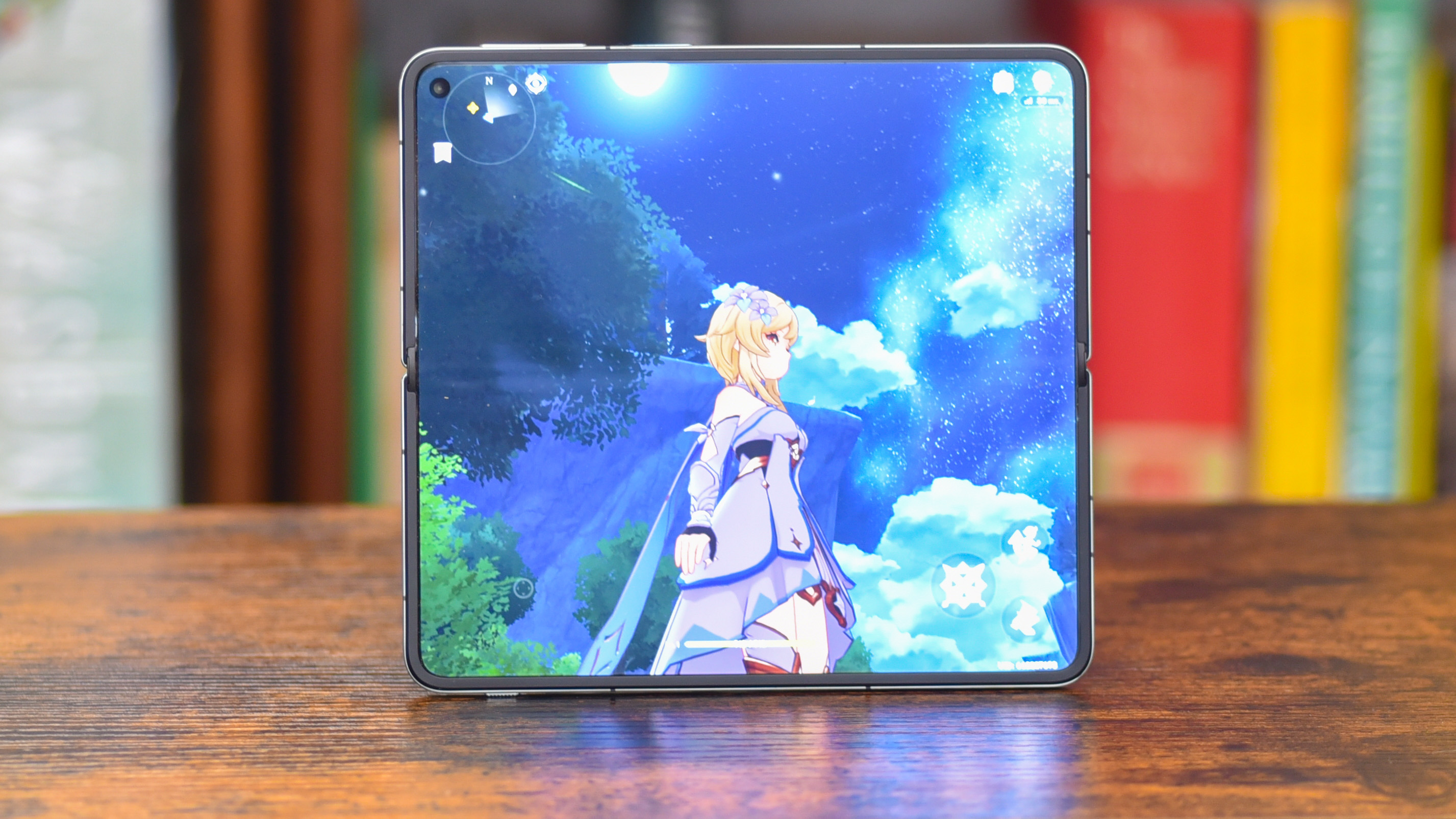
Buy it if
✅ You’re ready to try a foldable phone: Excellent design choices make this the only tablet foldable worth considering. It feels like a normal phone when closed, unlike the Galaxy and Pixel Folds.
✅ You want quality photography: The Open boasts the best cameras on any foldable phone, putting it on a par with the best camera phones. It can’t beat the iPhone 15 Pro Max at everything, but it wins a few rounds.
✅ You want an imposing display: This phone has truly brilliant displays all around; it’s brighter than almost any other phone you can buy, with a nearly-invisible crease.
Don’t buy it if:
❌ You’re on a budget: At £1,599, this is one of the most expensive Android phones on the market. At the very least, look for deals before you buy.
❌ You want a sleek and slim phone: The thickness of the OnePlus Open, especially at its big camera bump, is the foldable’s biggest shortcoming versus the best flat phones.
The bottom line
📱 The OnePlus Open is the only big foldable phone that doesn’t feel like a compromise. It looks and feels like a normal phone, and the camera is the best you’ll find on any foldable. There are some missteps – the performance and battery life could stand some improvement – but the Open is better than the rest, and the best part is that it costs a lot less (although you’ll still pay handsomely for the privilege of owning one). ★★★★½
The OnePlus Open is the newest phone on this list, and we consider it to be among the best foldable phones (if not the best foldable phone) money can buy right now. Sure, the Samsung Galaxy Z Fold 5 offers myriad more special features, and the Google Pixel Fold utilizes the power of Android in a way that only Google-made phones can, but in almost every other department, the OnePlus Open is the best there is.
Design: For us, this the first tablet foldable phone that simply feels right. All the ‘Folds’ that came before feel wrong being too narrow or squat. The Open, however, hits the design sweet spot, and it’s the most important improvement OnePlus could have made to the foldable form factor. If you’re paying twice as much for a phone, you shouldn’t feel like it’s the wrong size half the time.
Display: The two displays on the OnePlus Open are a marvel to behold, and both of them are just as good as the flagship phone or tablet they’ll replace in your collection. The cover display is 6.3 inches, with LTPO 3.0 technology that can slow down to 10Hz for a low-power, always-on mode. The inner display is a huge 7.82-inch screen with a variable 1Hz to 120Hz refresh rate, which has almost the same screen area as an iPad Mini (2021).
Camera: On every other foldable phone, the size limitations of the fold-in-half design have resulted in cameras that range from inferior to downright awful. The OnePlus Open has the best cameras of the bunch, and comes close to being as good as the best flat camera phones, closer than any foldable we’ve used so far.
Performance: The OnePlus Open uses Qualcomm’s Snapdragon 8 Gen 2 chipset, so it’s as powerful as other flagship phones using that same processor, like the Samsung Galaxy S23 Ultra. Sure, faster chipsets now exist, but you’ll have absolutely no trouble juggling multiple applications on this phone. Mind you, its gaming performance doesn’t compare to the best Android phones on the market.
Battery life: The OnePlus Open can last you a full day, if you’re judicious with your usage. With a two-cell design the Open has an overall battery capacity of 4,805mAh, which is some 200mAh below other foldables. But with some smart power management features, OnePlus can get sold battery life out of these cells without needing to make the phone bigger and bulkier.
Value for money: At $1,699, this is not a cheap phone, but that price is still some $100 less than the starting price of the Samsung Galaxy Z Fold 5 and Google Pixel Fold. What’s more, OnePlus is offering a deal for the full life of the OnePlus Open that gives you at least $200 off if you trade in any phone.
Read our full OnePlus Open review
| Attributes | Notes | Rating |
|---|---|---|
| Price | It’s expensive, but it’s the cheapest tablet foldable, while still giving you more screen inside and out. | ★★★★★ |
| Design | Excellent design choices make this the only tablet foldable worth considering. It feels like a normal phone when closed, unlike the Galaxy and Pixel Folds. | ★★★★★ |
| Display | Brilliant displays all around, brighter than almost any other phone you can buy, with a nearly-invisible crease. | ★★★★★ |
| Camera | The best cameras on any foldable phone, and on a par with the best camera phones. Can’t beat the iPhone 15 Pro Max at everything, but it wins a few rounds. | ★★★★☆ |
| Performance | Solid performance to drive the two displays, but gaming isn’t as impressive, as it can’t beat the base-model iPhone 15. | ★★★★☆ |
| Battery life | Good battery life and super-fast charging, but it could use a bit more power to last all day, every day. | ★★★☆☆ |
FAQs
What is the best phone in 2024?
Objectively speaking, the best phone in 2024 is either the iPhone 15 Pro Max or Samsung Galaxy S24 Ultra, but both devices excel in different areas. The former is the world’s most powerful phone, while the latter boasts the best mobile cameras on the market. The OnePlus Open is also the best tablet foldable in 2024. If you’re not keen on paying the eye-wateringly high asking prices of any of those phones, though, the iPhone 15 is our current pick as the best phone for most people.
How to choose the best phone for you
The first thing you need to decide when buying a new smartphone is how much you want to spend. The smartphone market varies dramatically, from very high-end handsets that cost well over four-figures, to much cheaper phones that can be found for only a few hundred. We have options on our list at both ends of the price spectrum.
Once you’ve decided how much you want to spend, you should decide whether you want to try one of the best Android phones or go for one of the best iPhones. Often, the platform decision has more to do with your work, your friends and family and what they use to share photos and messages, and what sort of computer or devices you already own.
Now that you’ve settled on your price and platform, you should decide on the cameras. Are you a serious photographer looking for a serious camera? Or do you like to take easy photos that are fun to edit and share? Phones with more lenses and higher megapixel counts demand more, but offer versatility; simpler phones with a 12MP limit tend to do the work for you.
If you’re looking for something outside the norm, we have plenty of unique options, as well. There are phones with a built-in pen for writing, and phones that fold in half to be more compact. There are large phones, small phones, and Max-sized phones. We have phones with space-level zoom, and phones that specialize in touching portraits.
No matter what phone you choose, you can be sure that we’ve thoroughly tested and vetted every phone on this list, and we know you’ll be satisfied with any of these devices in your pocket.
How we test
We’ve only included phones on this list that we’ve thoroughly tested, and our testing regiment is deep and detailed. We test every aspect of a phone that you might use from day-to-day, then we dive deeper to discover all of the hidden features.
We test phones for battery life and charging, speed and performance, and especially for camera capabilities. We make sure that phones deliver on their manufacturer’s promise. If it says a phone can charge in 30 minutes, we break out the stopwatch.
We’ve seen every phone around, so we have a good idea of how each model stacks up to one another. We use both iPhone and Android, from the most expensive models to the most affordable, so we know what you’re getting, no matter what you pay. We make sure the phones deliver what we’d expect for the cost.
Once we’re done, we don’t stop. We keep updating our reviews as we learn more, and as the phones are updated. Our reviews are always fresh, so check back before you buy to make sure you’re getting the latest opinion on the best phones you can buy.
[ad_2]
Source Article Link


